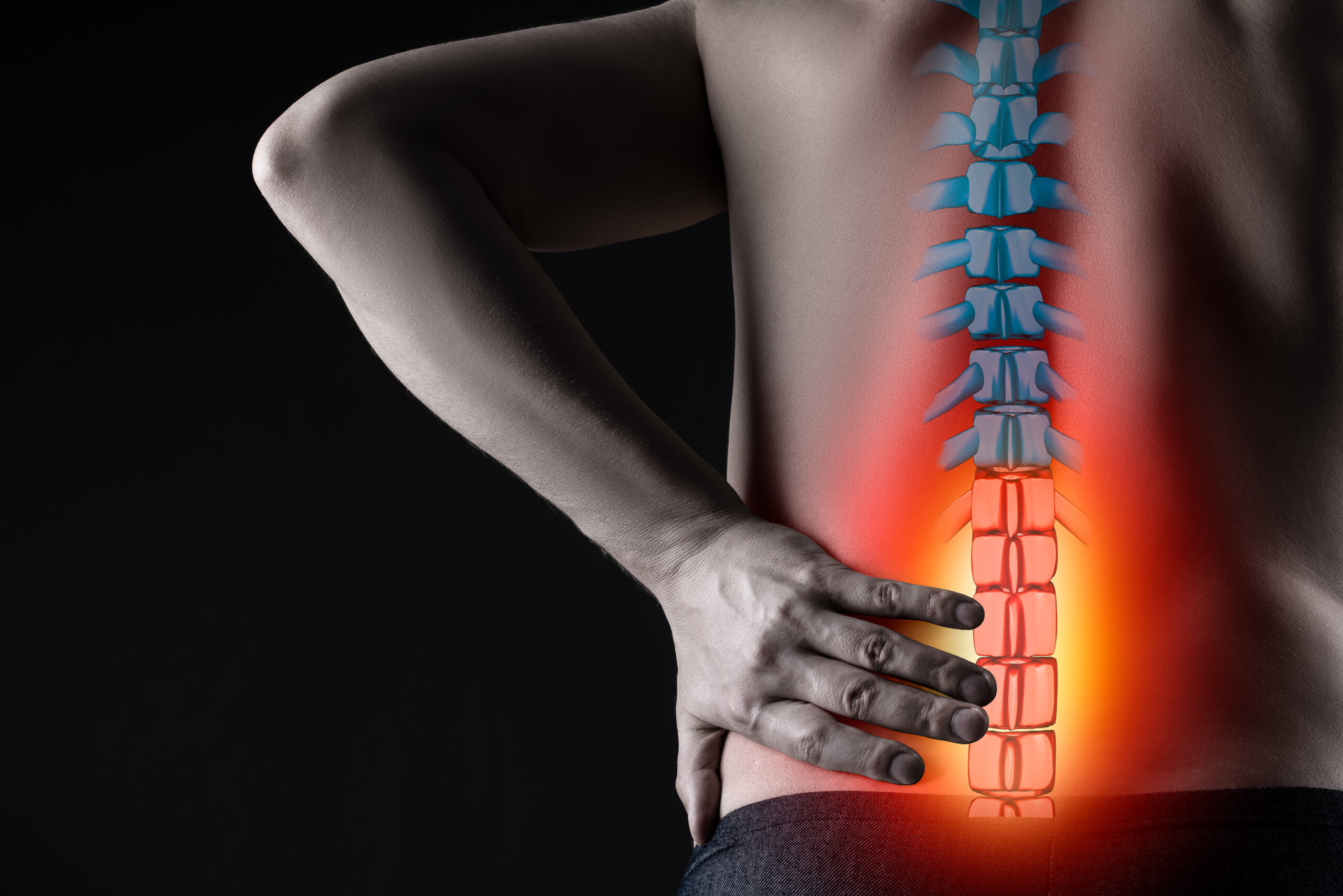The human spine is a complex structure composed of a series of vertebrae, separated by intervertebral discs, which provide flexibility and shock absorption for the spinal column. However, when these intervertebral discs become damaged, they can cause a range of painful symptoms, including sciatica. In this article, we will explore the mechanism of how herniated discs can cause sciatica, shedding light on this common and debilitating condition.
A herniated disc, also known as a slipped or ruptured disc, occurs when the soft, gelatinous nucleus of an intervertebral disc protrudes through its tough, fibrous outer layer. This can result in the disc pressing on nearby nerves, leading to pain, numbness, and weakness in the affected area. Sciatica is a specific type of pain caused by irritation or compression of the sciatic nerve, which is the largest nerve in the body. It runs from the lower back, through the buttocks, and down each leg, and is responsible for providing sensation and controlling the muscles in these regions.
The mechanism by which a herniated disc causes sciatica begins with the disc’s nucleus pushing through its outer layer, most commonly in the lower lumbar region of the spine. This region is particularly susceptible to disc herniation due to the significant weight-bearing stress and torsional forces it endures. The herniated disc material may then impinge on the nearby nerve roots, which form the sciatic nerve as they exit the spinal column. The pressure exerted by the herniated disc can irritate or compress these nerve roots, leading to the characteristic symptoms of sciatica.
Sciatic pain may manifest as a sharp, shooting pain that radiates from the lower back or buttocks down one or both legs. It can also present as a burning sensation, numbness, tingling, or muscle weakness in the affected limb. The severity of these symptoms may vary depending on the extent of the herniated disc and the degree of nerve root compression. In some cases, the pain can be so severe that it limits an individual’s ability to perform daily activities and impacts their overall quality of life.
In addition to mechanical compression, a herniated disc can cause inflammation and chemical irritation of the nerve roots, further exacerbating sciatic symptoms. When the nucleus pulposus, the soft inner material of the disc, comes into contact with the surrounding nerves, it can incite an inflammatory response. This inflammation can cause swelling, which increases the pressure on the nerve roots and exacerbates the pain.
Treatment for sciatica caused by a herniated disc may include conservative measures such as rest, pain-relief medications, physical therapy, and gentle stretching exercises. In more severe cases, epidural steroid injections or surgical interventions, such as a discectomy or a spinal fusion, may be recommended to alleviate symptoms and restore function.
